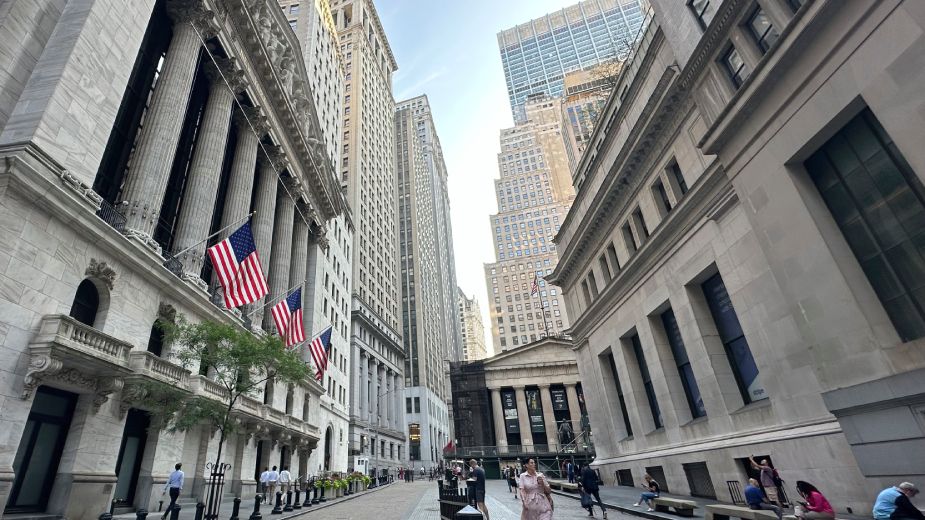Ohio Hits New Pandemic Low for Initial Unemployment Claims
YOUNGSTOWN, Ohio – The number of new unemployment claims submitted to the Ohio Department of Job and Family Services fell to the lowest level since the start of the pandemic as 8,182 claims were filed last week.
That marks the fifth straight week that the number of initial claims have decreased.
But, the number of claims for pandemic unemployment assistance – which provides support to those ineligible for traditional unemployment, such as part-time workers and the self-employed – rose for the fourth straight week as 13,755 claims were filed the week ended Aug. 21.
Despite the increase, the number of people applying for PUA is still significantly lower than a month ago, when 155,935 people submitted claims the week ended July 24.
Continued claims for unemployment and PUA both fell last week. For traditional unemployment, there were 204,354 continued claims – down about 8,000 – while there were 136,163 claims for pandemic unemployment assistance, down about 6,000.
In Pennsylvania, the state’s Department of Labor reports 9,661 claims filed the week ended Aug. 14, down about 200 from the previous week.
Nationwide, the number of unemployment claims rose by 4,000, according to the Labor Department, the first increase in five weeks.
The Labor Department reported Thursday that jobless claims edged up to 353,000 from 349,000 a week earlier. The weekly count has fallen more or less steadily since topping 900,000 in early January as the rollout of COVID-19 vaccines has helped the economy — encouraging businesses to reopen or expand hours and luring consumers out of their homes to restaurants, bars and shops.
But a resurgence of cases linked to the highly contagious delta variant has clouded the economic outlook. And claims already remain high by historic standards: Before the pandemic tore through the economy in March 2020, the weekly pace amounted to around 220,000 a week.
Filings for unemployment benefits have traditionally been seen as a real-time measure of the job market’s health. But their reliability has deteriorated during the pandemic. In many states, the weekly figures have been inflated by fraud and by multiple filings from unemployed Americans as they navigate bureaucratic hurdles to try to obtain benefits. Those complications help explain why the pace of applications remains comparatively high.
The job market has been rebounding with vigor since the pandemic paralyzed economic activity last year and employers slashed more than 22 million jobs in March and April 2020. The United States has since recovered 16.7 million jobs. And employers have added a rising number of jobs for three straight months, including a robust 943,000 in July. They have been posting job openings — a record 10.1 million in June — faster than applicants are lining up to fill them.
Some employers blame heir labor shortages on supplemental unemployment benefits from the federal government — including $300 a week on top of regular state aid — for discouraging some of the jobless from seeking work. In response, many states have withdrawn from the federal programs, which expire nationwide next month anyway.
Economists point to other factor that have kept out of the job market — difficulty finding or affording child care, fear about becoming infected by the virus at work and the hope of some people to find better jobs than they had before the pandemic.
Whatever the causes, the economy remains 5.7 million jobs shy of what it had in February 2020.
The Associated Press contributed to this story.
Copyright 2024 The Business Journal, Youngstown, Ohio.



